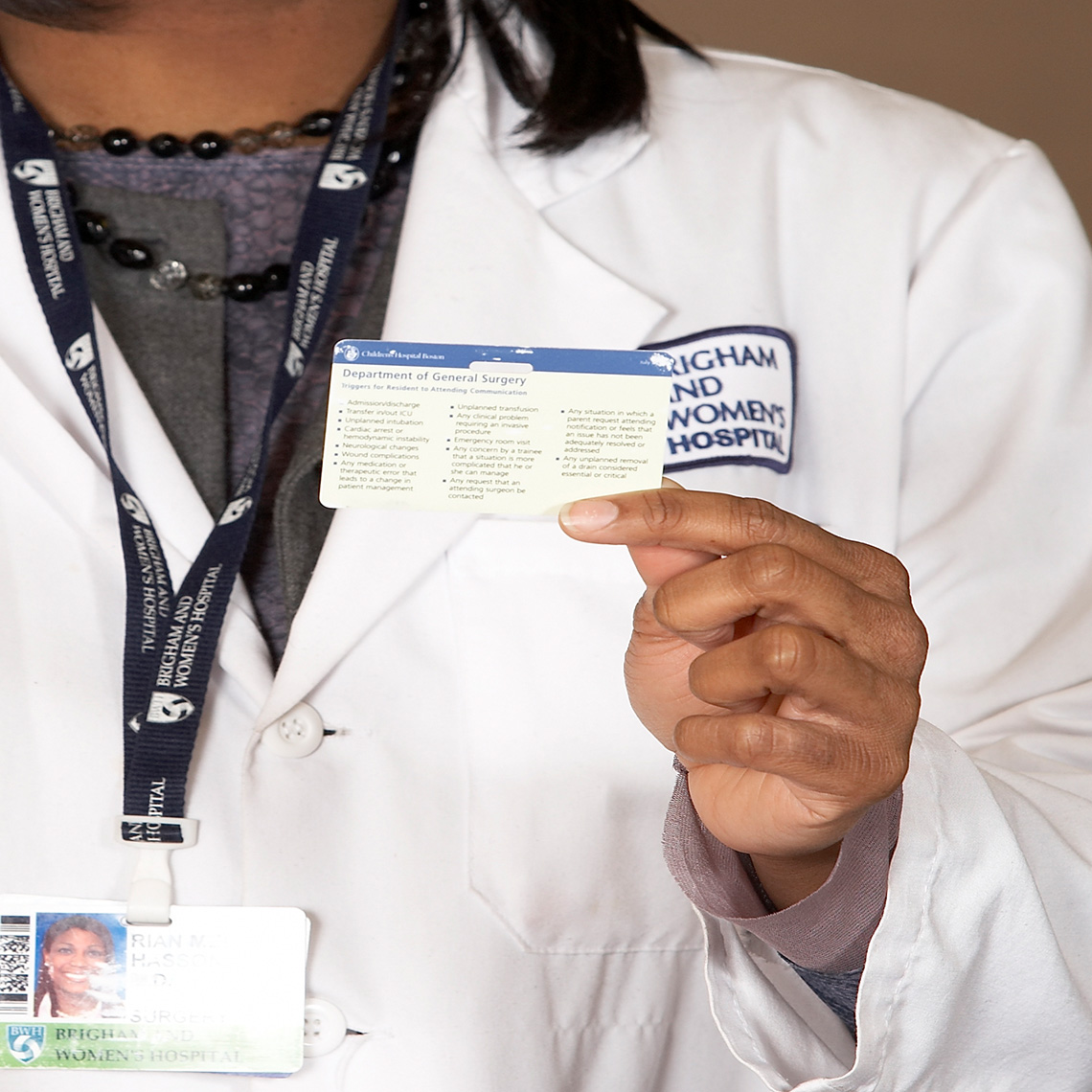Blog Post
Researchers Design System to Alert Physicians of Tests Pending at Discharge Needing Action

Making sure everyone sees test results that are pending at discharge
Inpatient physicians face a deluge of test results that come back on their patients. This presents an ongoing challenge and potential patient safety risk that is emerging as a difficult problem to solve.
Examining same day test results—such as red blood cell counts and electrolyte levels—is easy to build into one’s daily workflow. However, some test results may not come back for weeks, long after patients have been discharged from the hospital and (presumably) their care is transitioned back to their primary care physicians (PCP). Tests that do not result before the patient has left the hospital—known as tests pending at discharge, or TPADs—are at risk of falling through the cracks. For example, one study found that physicians were unaware of these 61.6 percent of TPADs that potentially required action.*
Examples of TPADs include a low vitamin D level for which vitamin D supplementation is needed, a lymph node biopsy showing cancer for which referral to an oncologist is required, or a blood culture that returns positive for bacteria.
Ensuring that TPADs are dealt with properly requires identifying who is responsible for follow up which, in many cases, may not be straightforward. Often, the question is should it be the inpatient physician who ordered the test or the PCP who provides ongoing care after the patient is discharged?
To tackle this problem, researchers from Brigham and Women’s Hospital designed a system to alert physicians when results from TPADs were available. The system notified physicians by email when the results of abnormal or important TPADs were finalized. Each email was sent to the inpatient attending physician who ordered the TPAD, as well as to the patient’s PCP, when an in-network PCP was on file. The system was initially implemented as part of a randomized-controlled trial, in which only some physicians received the email notifications, and some physicians were in the control group (and so did not receive the notifications). In a study funded by CRICO, physician reviewers assessed whether each TPAD that was part of the study was considered actionable, and whether any follow up action was documented in the electronic health record (EHR).
For the primary endpoint, the proportion of actionable TPADs where documented action was taken, the physicians who received the email notifications performed slightly better than those who did not, but the difference was not statistically significant. However, when follow up on actionable TPADs was documented, the time it took for this follow up to occur was significantly shorter among those physicians who received the notification emails. Notably, approximately 40 percent of actionable TPAD results did not have any evidence of documented action, regardless of whether the physician received an email notification. This study was published in the July 2018 issue of the Journal of General Internal Medicine.**
This TPAD notification system did not lead to a significant increase in the proportion of actionable TPADs for which documented follow up occurred, demonstrating how challenging this issue is. Many physicians were unhappy when the system was shut down (in the setting of transitioning to a new EHR system), as physicians had come to rely on it to alert them about TPADs. Efforts to develop systems to ensure that clinicians are aware of actionable TPADs must continue, especially among the commercial vendors whose EHR systems are becoming increasingly prevalent.
*Roy CL, Poon EG, Karson AS, et al. Patient safety concerns arising from test results that return after hospital discharge. Annals of Internal Medicine. 2005;143(2):121-128.
**Dalal AK, Schaffer A, Gershanik EF, et al. The impact of automated notification on follow-up of actionable tests pending at discharge: A cluster-randomized controlled trial. Journal of General Internal Medicine. 2018;33(7):1043-1051.
Related Blog Posts
Investing in Patient Safety


Mind the Gaps: Learning How to Avoid Miscommunication Pitfalls
January Safety Salute | MedStar Health Creating a Just Culture

